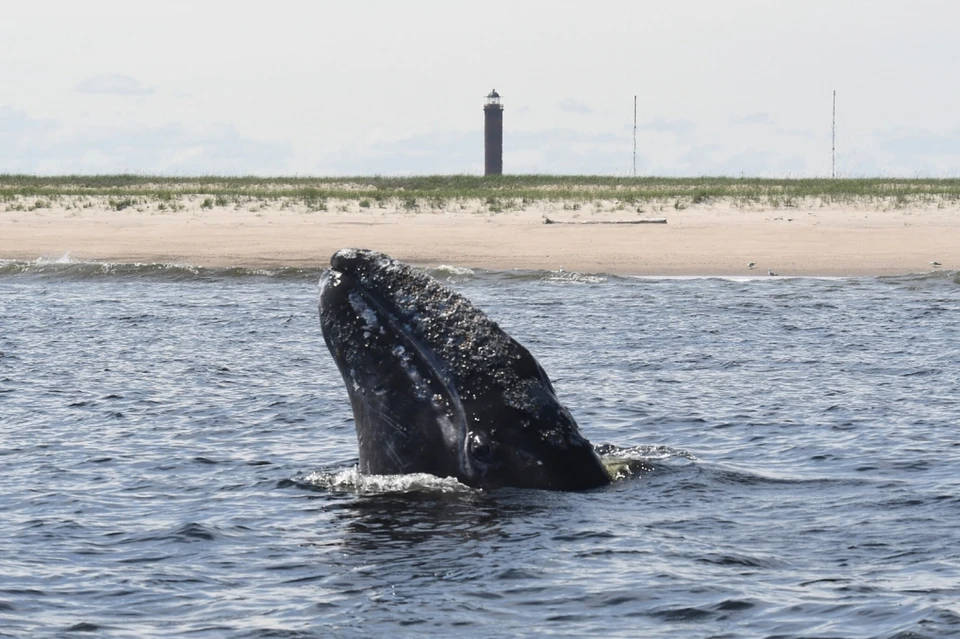
About 400 bowhead and 400 gray whales live in the waters of the Sea of Okhotsk. And almost each of them has their own name or funny nickname. Thus, in whale catalogs compiled by mammal specialists, you can find “tailed animals” named Korovka (Cow), Tigrenok (Tiger Cub), Galaktika (Galaxy), Tetris (Tetris) and Dedushka (Grandfather). Komsomolskaya Pravda figured out how and why whales are given such unusual names.
The color and scars as scientific data
In Russia, whales have been given names since about 25 years ago. Then mammal experts began compiling whale catalogs and identifying gray whales. Teams of scientists from the A.N. Severtsov Institute of Ecology and Evolution are actively engaged in the study of cetaceans.
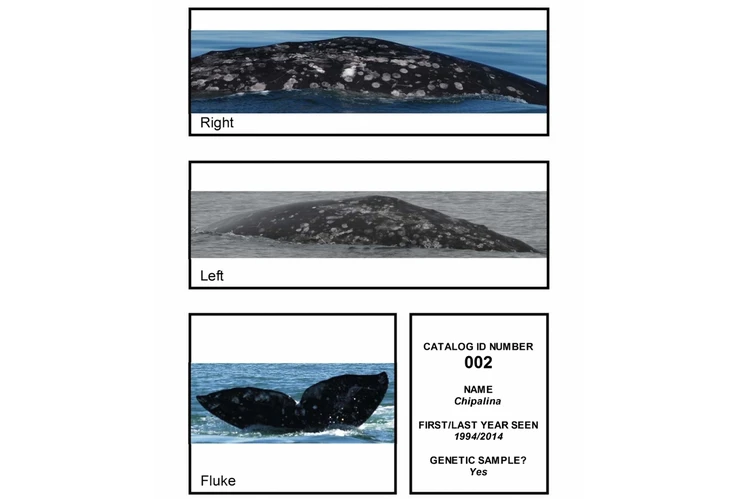
The main way to study cetaceans is photo identification. Specialists photograph whales using drones or during expeditions, assign them a serial number, give them names and enter data into a whale catalog. Along with photographs, the animal's card also indicates the date and place of the first and last sighting. More detailed data is stored electronically in tables, explains Anastasia Kunitsa, a specialist in the study of mammals at the Institute of Ecology and Evolution of the Russian Academy of Sciences.
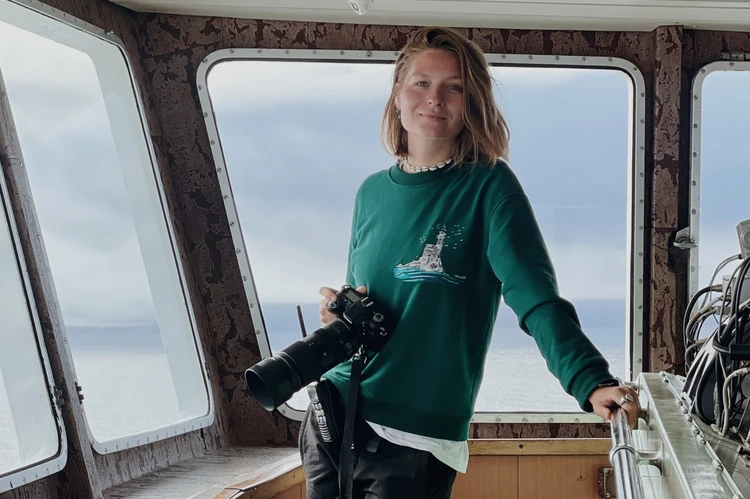
The easiest creatures to study and identify are bowhead and gray whales that live in the Sea of Okhotsk, as well as humpback whales in the Far East, as they have characteristic patterns on their bodies. It is these species that scientists most often give names to. Other types of whales, for example beluga whales or blue whales, rarely have color features, so it is much more difficult to distinguish between them.
- Experts give names to whales primarily for convenience in communicating with each other. That is, in official documents and scientific publications we note that we saw whale number 123, and among ourselves we say: “Oh, Valera has arrived!” says Anastasia Kunitsa. - Scientists often name sea creatures after their loved ones. For example, I have a favorite gray whale – Matveyushka. He has a reddish coloring, so I named him in honor of my red-haired friend Matvey. We named one whale Brother Nikolai. Our volunteer really asked to name the sea creature in honor of his brother, but since Nikolai was already in the catalog, they gave him this unusual name,” says Anastasia Kunitsa.
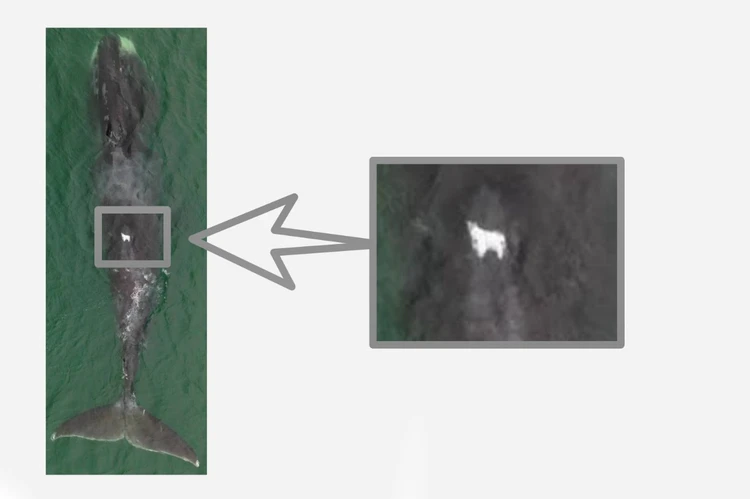
But most often, scientists come up with funny nicknames based on associations with spots, scars or scratches on the body of sea creatures.
- We have a gray whale, Tigrenok (Tiger Cub), who had tears on his back, possibly from ship propellers, that left scars in the form of even stripes. Bowhead whales have many interesting patterns and markings on their bodies. For example, Dedushka (Grandfather) got his name due to depigmentation, the so-called “gray hair”. Smurfik (Smurf) was named according to the same principle. His “gray hair” on the blades of his tail is very reminiscent of a gnome in a cap. Serdechko (Heart) has a scar right on the blowhole (the nostrils of a whale) that resembles an inverted heart, and Korovka (Cow) has a scar exactly like a cow,” explains Maria Slavina, a biologist at the Institute of Ecology and Evolution of the Russian Academy of Sciences.
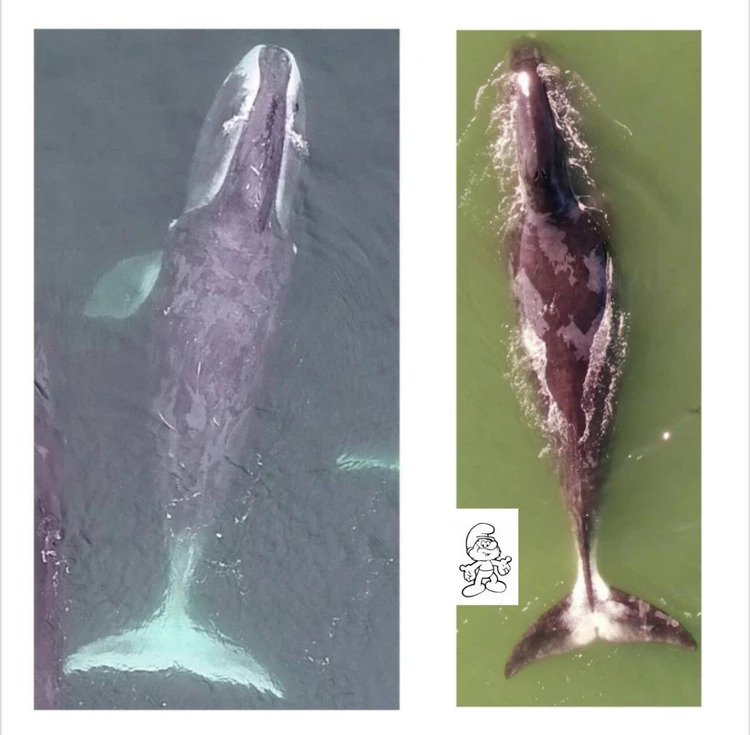
Scientists from different research groups share data collected during whale identification in joint projects. The names of marine inhabitants rarely appear in scientific articles and publications. In reports, scientists usually indicate only the number of individuals that they were able to study during the season. But in some cases, individual whales do become celebrities and make headlines.
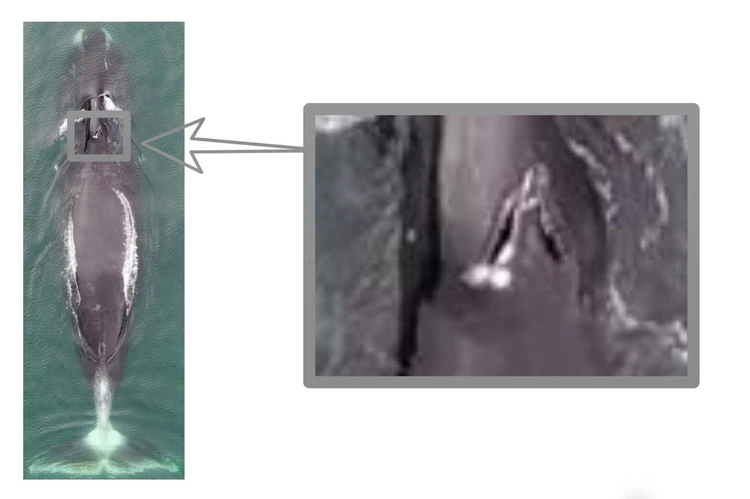
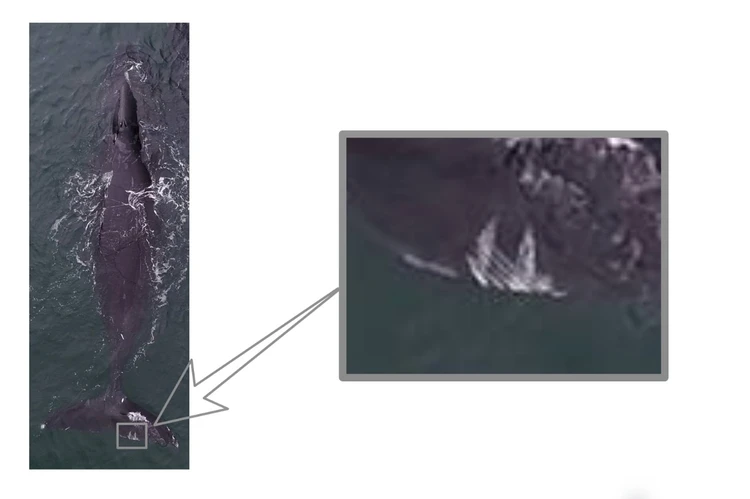
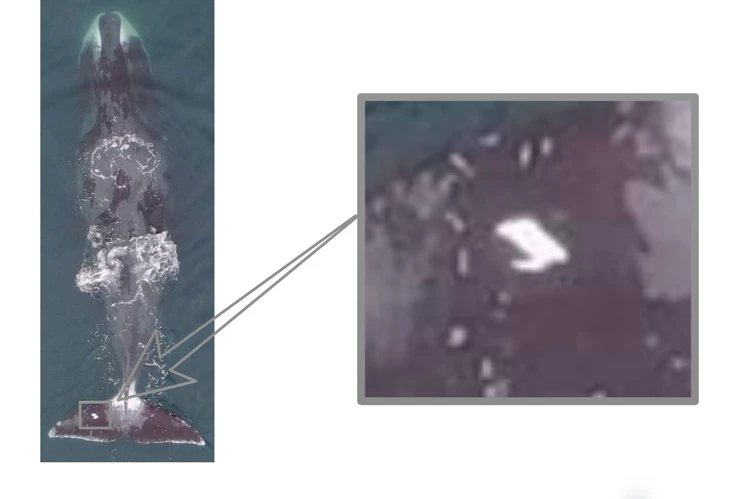
- This was the case with the female whale Varvara, on whom scientists installed a tracking sensor. In 2011, she migrated to Mexico and returned a year later. She traveled 200 thousand kilometers in one direction alone and set a mammal migration record that no one has yet broken, says Anastasia Kunitsa.
Tourist attraction
Nicknames for whales are also invented in other countries, but there is no single international system that would take into account the nicknames of all mammals. That is, they named the whale Valera in Russia, but if he migrated to Mexico, he could quite easily be nicknamed Miguel or Julio there.
At the same time, there are separate international projects to study marine life. The most famous is HappyWhale. Tourists and travelers can upload to the site photographs of whales they have seen, along with a short description. The system processes the photo and sends information about whether anyone has seen this whale before. In the future, scientists will use this data to study populations of marine mammals. Travelers are also invited to become a guardian for the whale, give it a name and track its further movements on the website. To do this, you need to make a donation (the recommended amount, which is indicated on the website, is from 500 to 1000 dollars). Tourists also support research activities with funding.
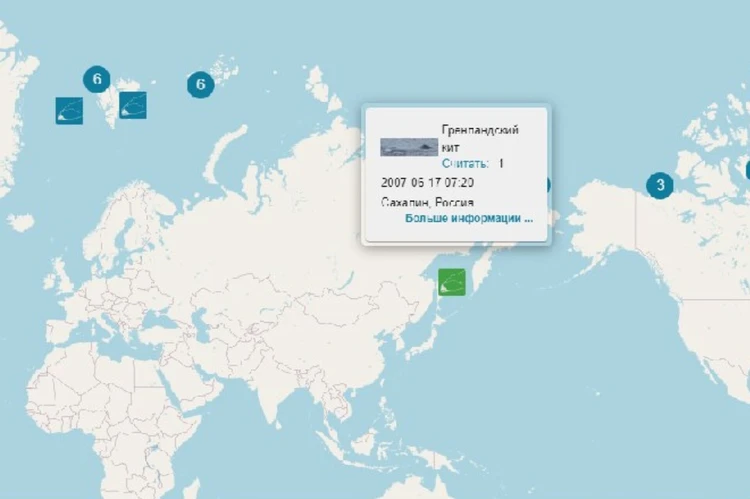
- The project was invented by foreign scientists, but gradually our specialists joined it. In Russia, tourists most often manage to photograph humpback whales in the Far East. They love to show off their tails, which each have specific color patterns,” explains mammal specialist Anastasia Kunitsa.
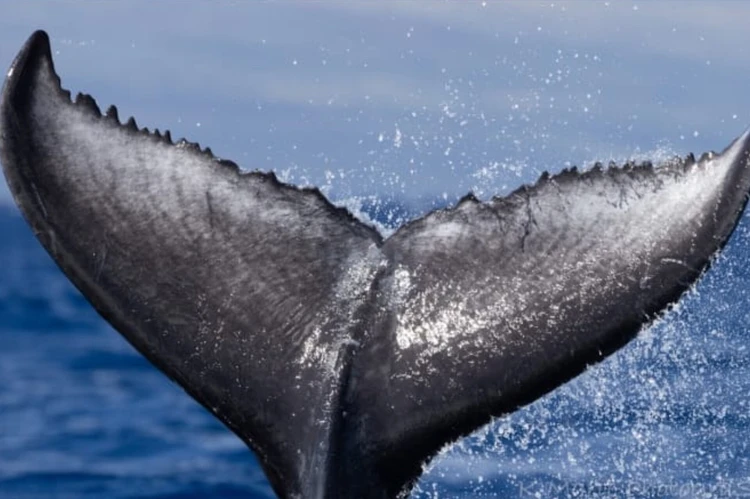
In the Barents Sea, tour operators come up with names for whales to attract the attention of tourists. Thus, in Teriberka (a village in the Murmansk region), tour operators create their own whale catalogs. In local groups and chats, they periodically conduct voting among subscribers, and at the same time tell tourists about conscious observation of marine life and how not to harm them.
